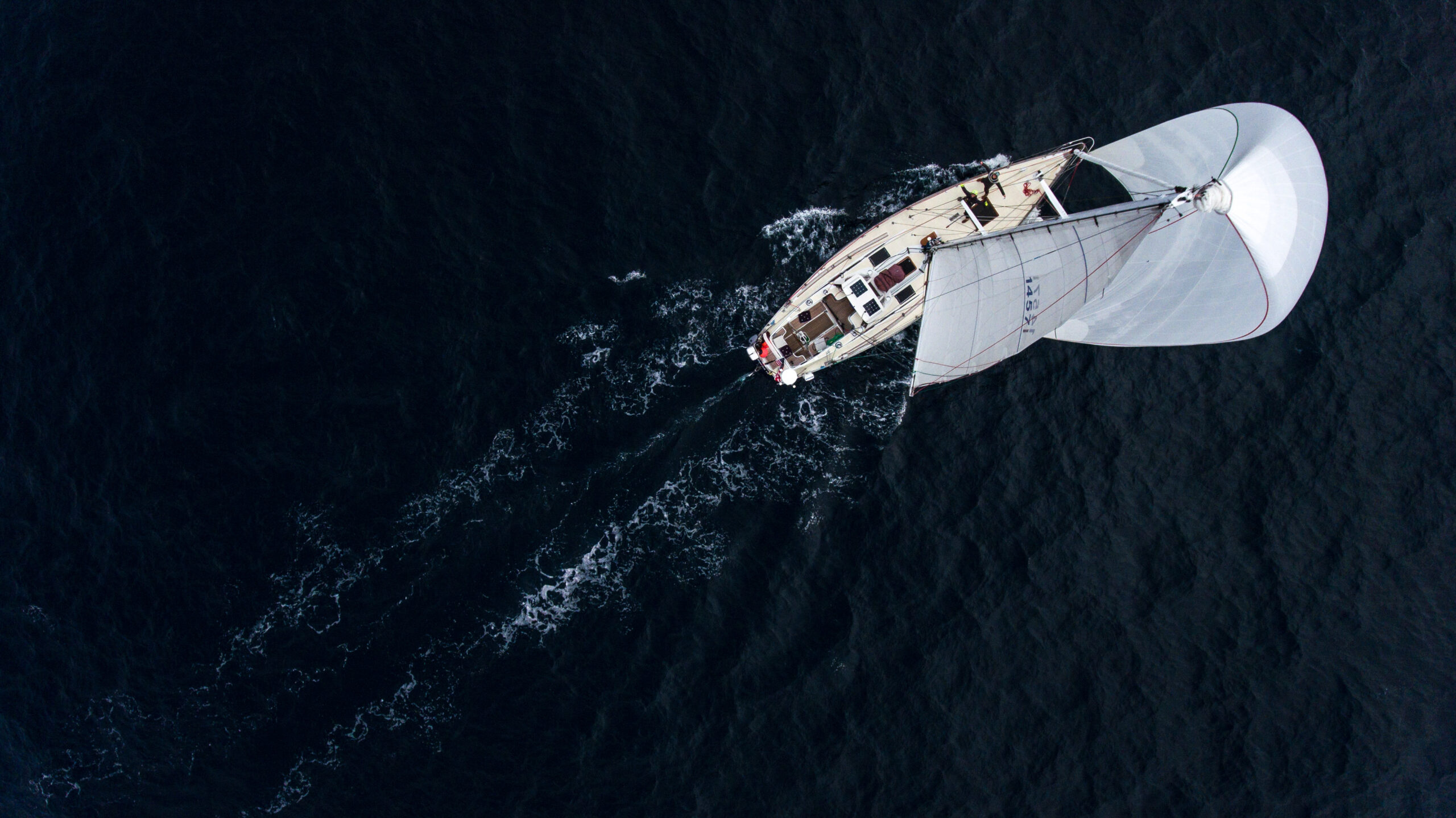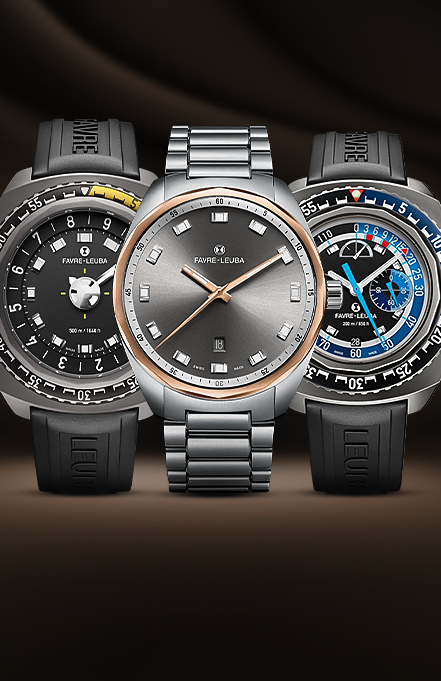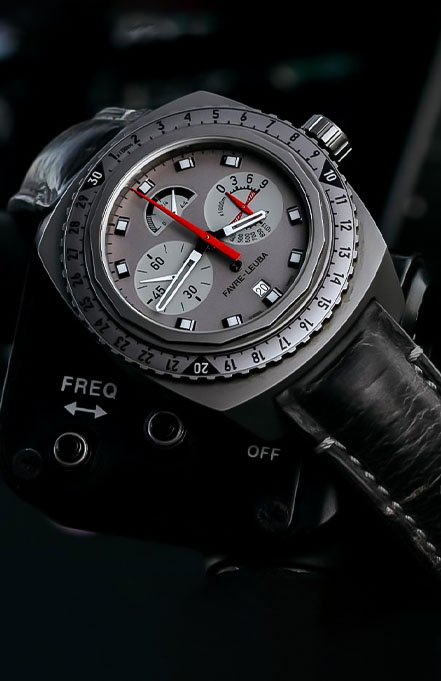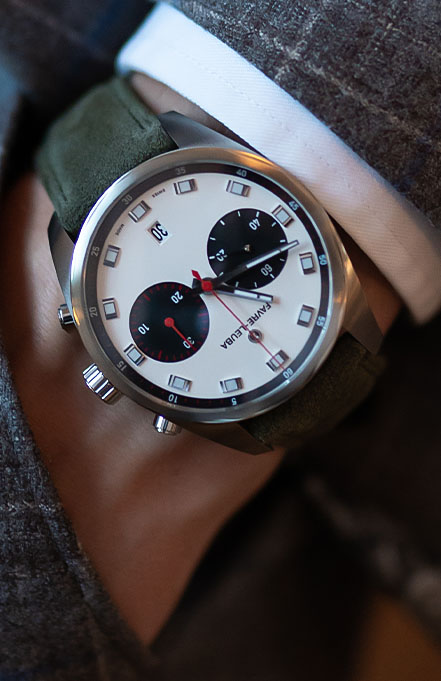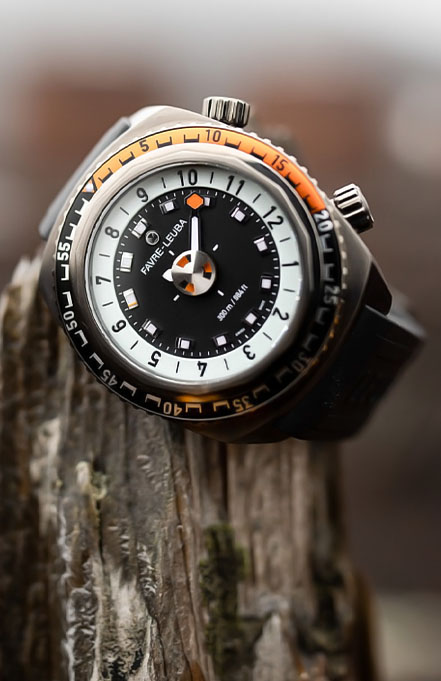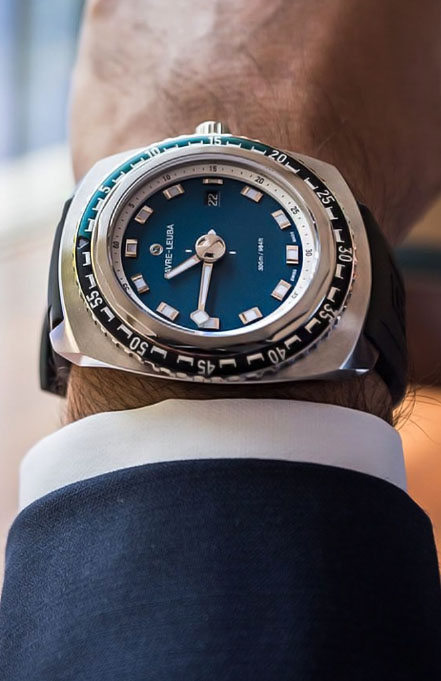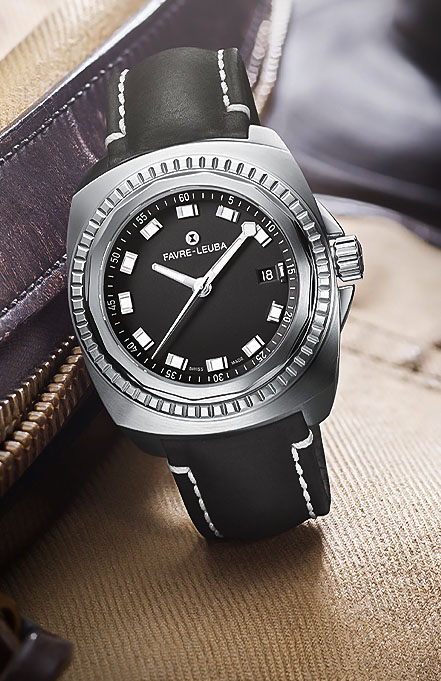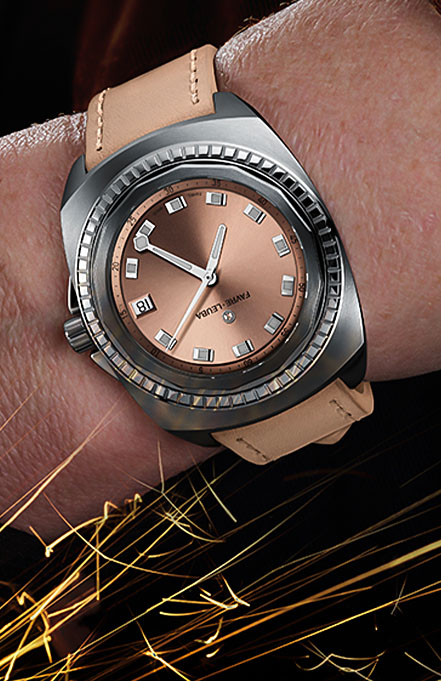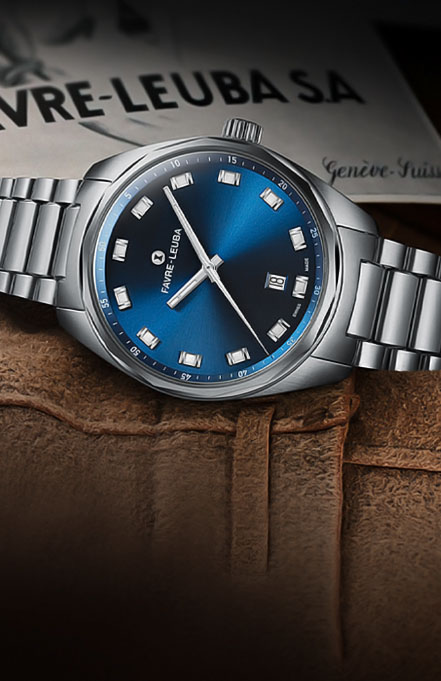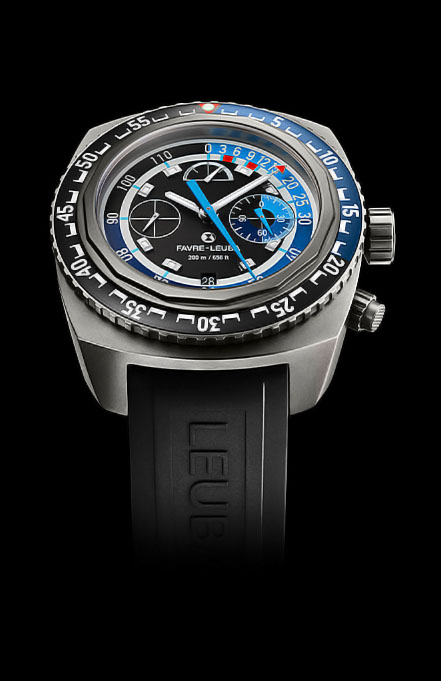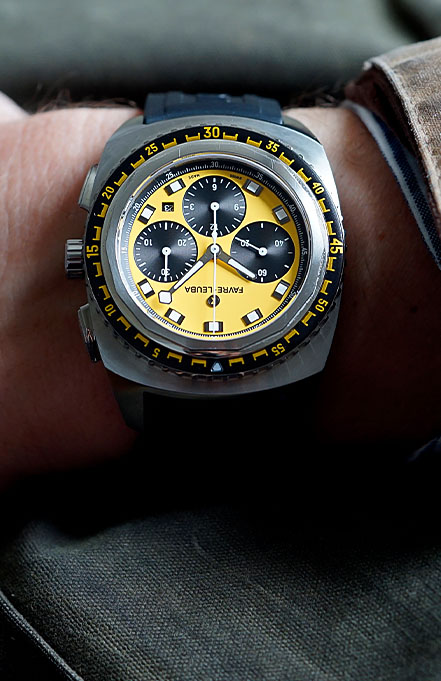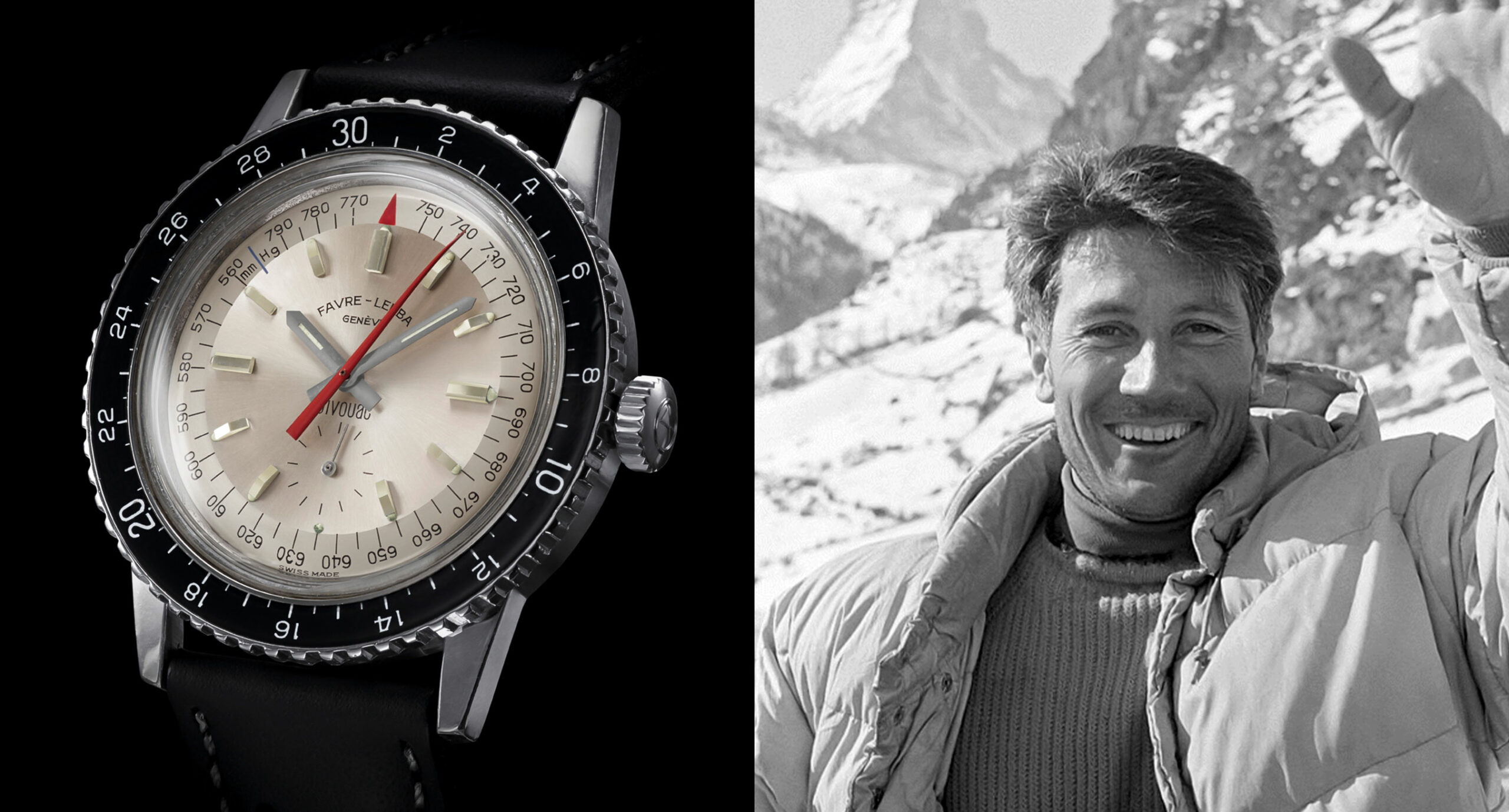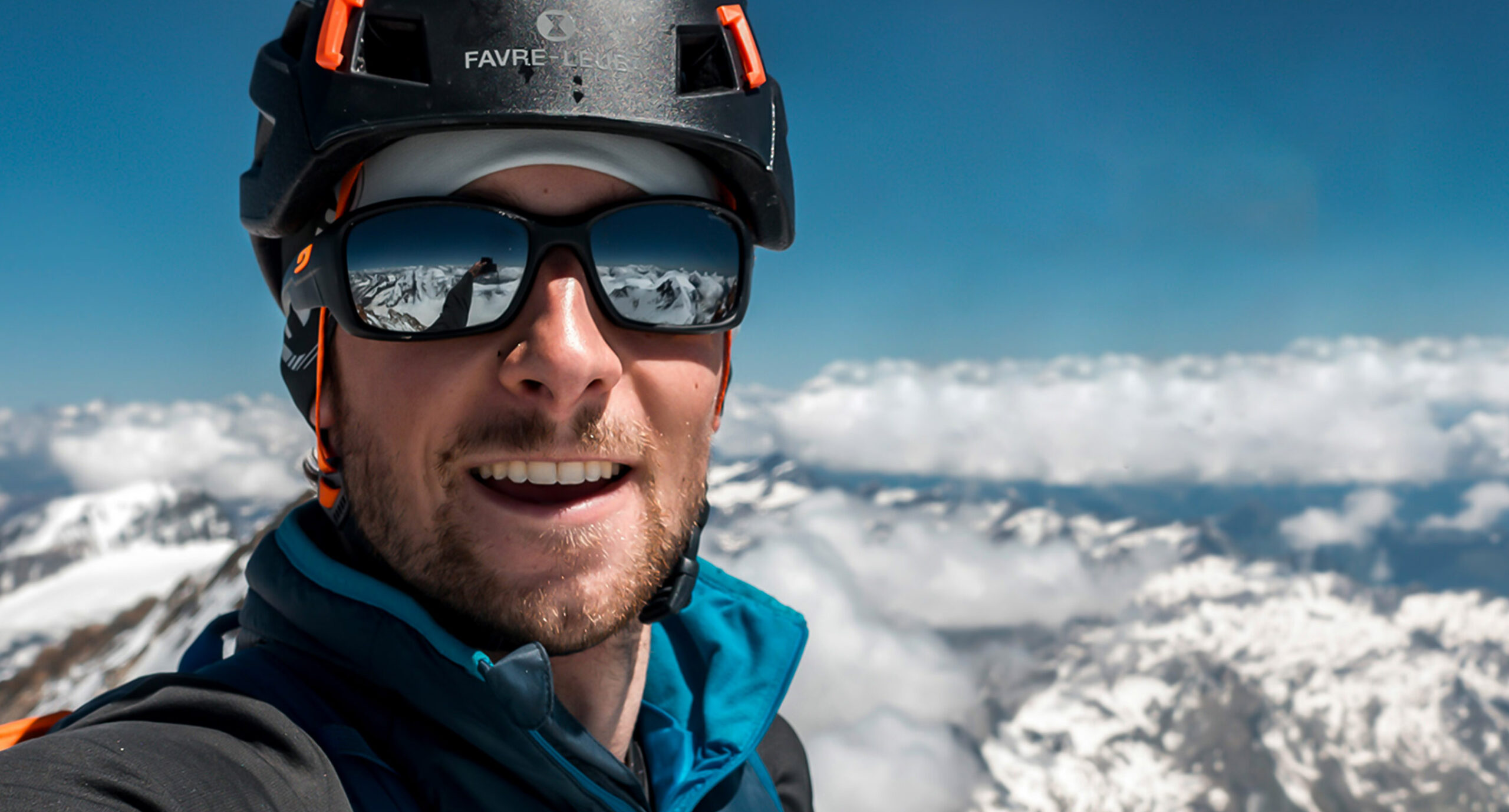Svalbard is a vast white land located in the Arctic Circle off the coast of Norway. A place surrounded by mountain peaks and glacial valleys. This is where James Austrums and the crew of 59 North Sailing embarked on the next stage of their journey. Their aim in Svalbard was to capture and document the ever-fragile habitat and try to understand how the ecosystem is adapting to a constantly changing environment.
The crew’s first marine-life encounter crept eerily upon them while sailing up Smeerenburgfjorden, a magnificent fjord 20 kilometres in length and at times 4 kilometres wide. Five hundred ghostly white Beluga whales swam lazily alongside the boat. This was a rare sight, as Beluga often travel in smaller pods of up to 15 whales. They soon understood why Beluga is named ‘canaries’ of the sea, as their melodious chatter echoed from the water. It was a breathtaking experience for all aboard.
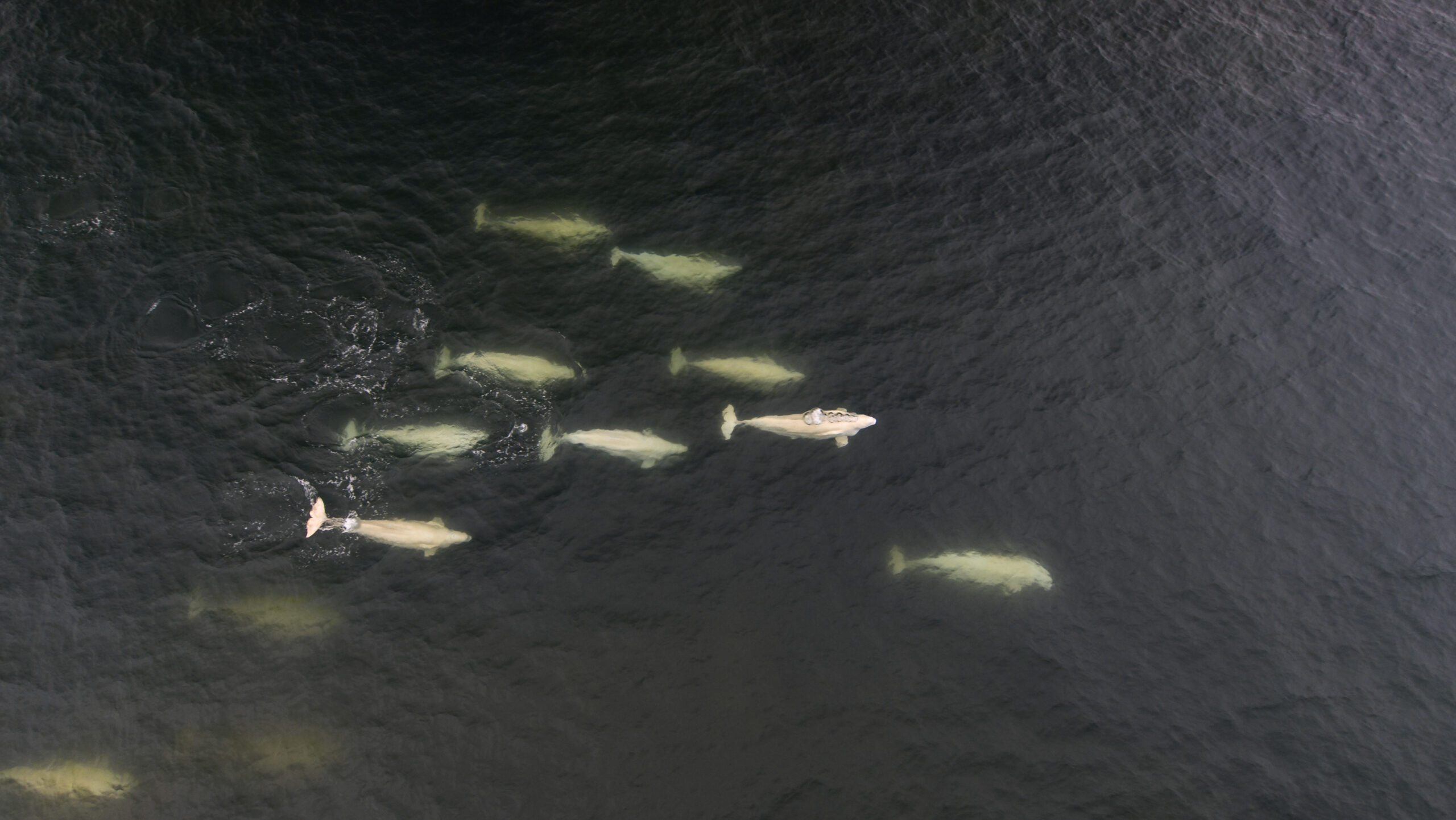
As the vessel continued to explore the coastline of Svalbard, the crew began to sight Polar Bears on distant shorelines. The team opted to attempt a closer sighting of a Polar Bear. They used a small dinghy to transport themselves onto land. Then carefully selected a quiet and unobtrusive spot to wait for an encounter to occur naturally. After some hours of relative calm, they noticed a bear wandering toward their path. It was on the hunt for food, this bear and its cub would usually seek out seal air holes on the frozen sea ice. Sadly, as the sea ice retreats, this method is exchanged for scouring a barren coastline. At this moment, they witnessed nature facing up to a changing environment. As a wildlife photographer, James takes responsibility for documenting these circumstances and increasing the awareness surrounding these enduring species.

Their journey exploring Svalbard was coming to an end, and the final leg of the trip was upon them. They took anchor in Trygghamna (literally meaning safe harbour) and waited for a prolonged spell of favourable weather to approach. They prepared their minds, and the vessel for a Conquering Frontiers sail across the North Greenland Sea. The 1000-mile crossing heads southwest along the surface of the Earth. As the weather approaches from the west, they were likely to be sailing directly into oncoming systems. If a storm developed, the method was to head straight into it. There was no hope of outrunning the weather.
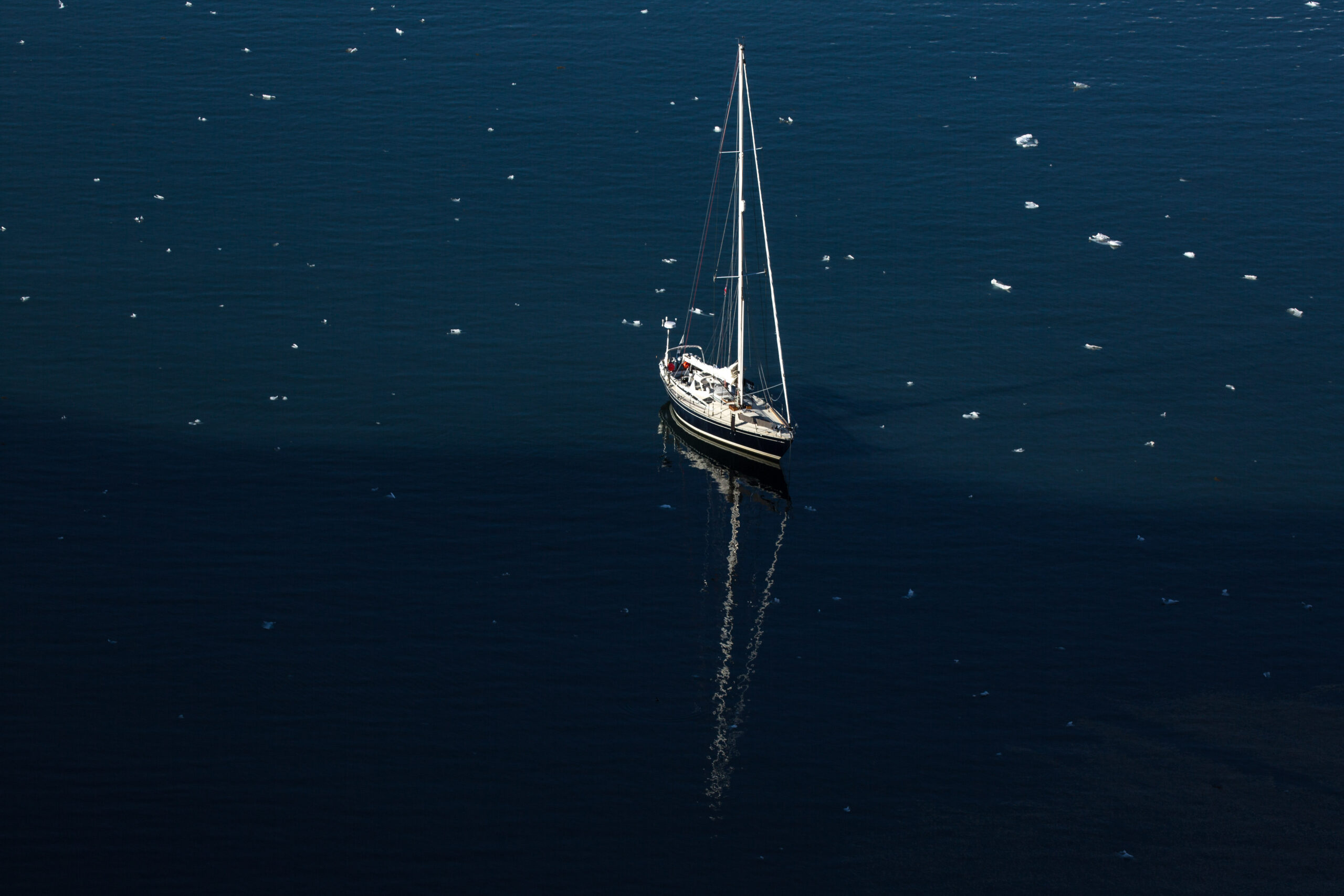
The immense crossing from Svalbard to Iceland was by far the scariest leg of the journey. They were out at sea for some days with a considerable distance to cover, over a week with no safe harbour to escape to or anywhere to go. With that in mind, the skipper Andy Schell was keen to reinforce specific skills while the crossing was in its early stages. The crew were all given a run-down of when and where to be tying preventer lines and the knot to be using. The bowline knot is a practical solution because it can be untied easily after heavy loading. The preventer is a line that stops the boom from swinging over the cockpit. In the instance, there is a sudden change in wind direction; the boom can turn violently across the cockpit, which can be incredibly dangerous.
As they ventured further into the journey, they came across one of the most massive icebergs any of the crew had encountered. Large, looming and with more underwater than there is above. This particular iceberg stood 120 metres proud of the surface, an enticing fragile obstacle in an otherwise open ocean. They used a drone to fly above the Iceberg as an innovative method to understand how far its underwater footprint of ice expanded. This lets them know their proximity, as it was difficult to gauge this aspect when looking out from the deck of the vessel.


Any small change in weight distribution may tip the balance of the entire iceberg, and it could roll! If they were close enough to the boat and this was to happen, it could pick them out of the water or fall onto the boat and crush the ship altogether.
The open-ocean crossing of over 1000 miles was thankfully as smooth as they could have hoped. A fortuitous forecast and the Captain’s perfect timing meant the wind only aided the crossing. Before they set off, the team all had a high number of concerns about the vast amount of unknowns ahead, but as they advanced north, they were fortunate not to fall into any of the troubles their worst fears anticipated. The idea of staring danger in the face gives you perspective and an outlook on life that is otherwise unattainable; the crew have all grown from this huge experience and so none would hesitate to do it all over again.
